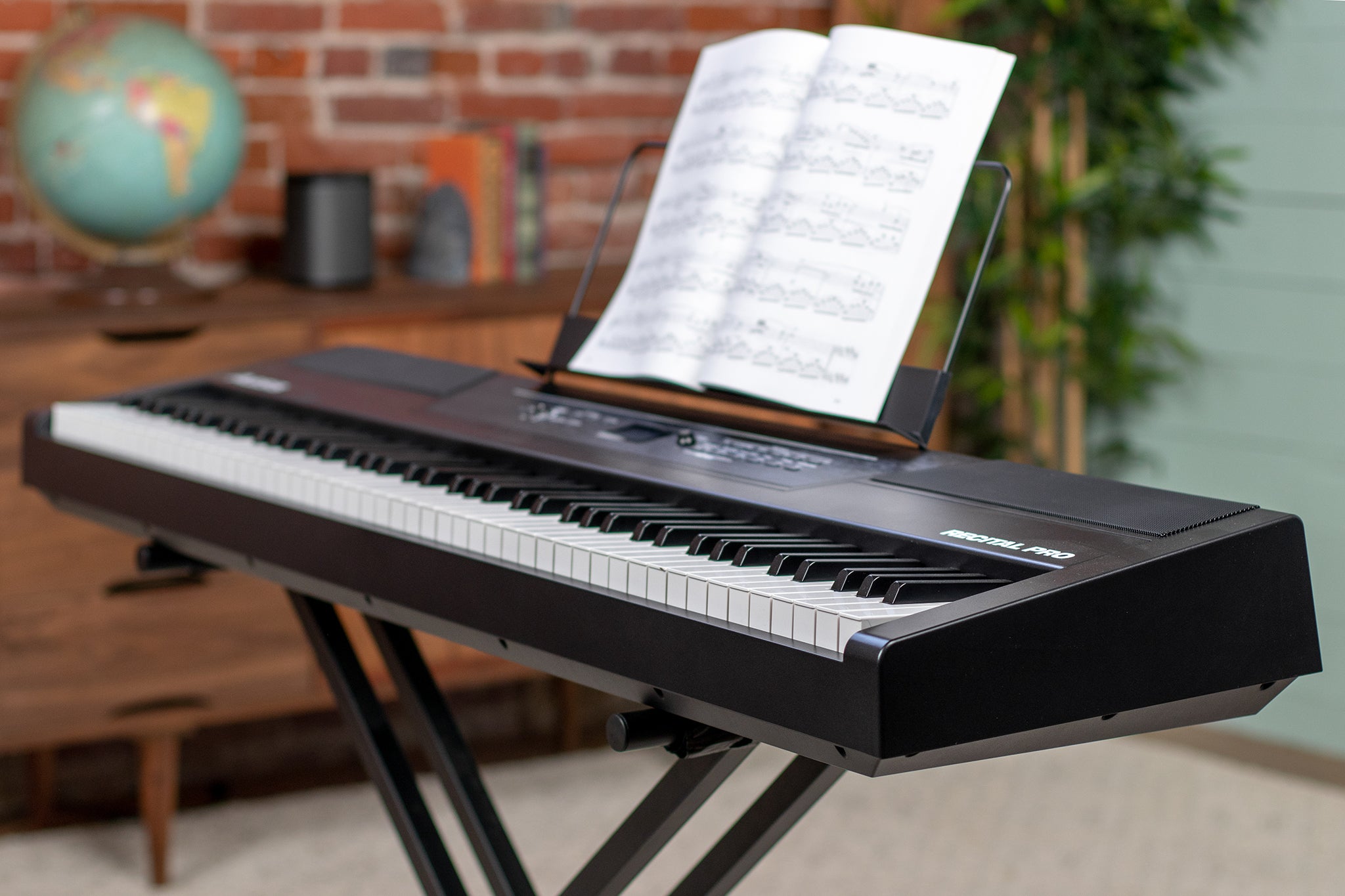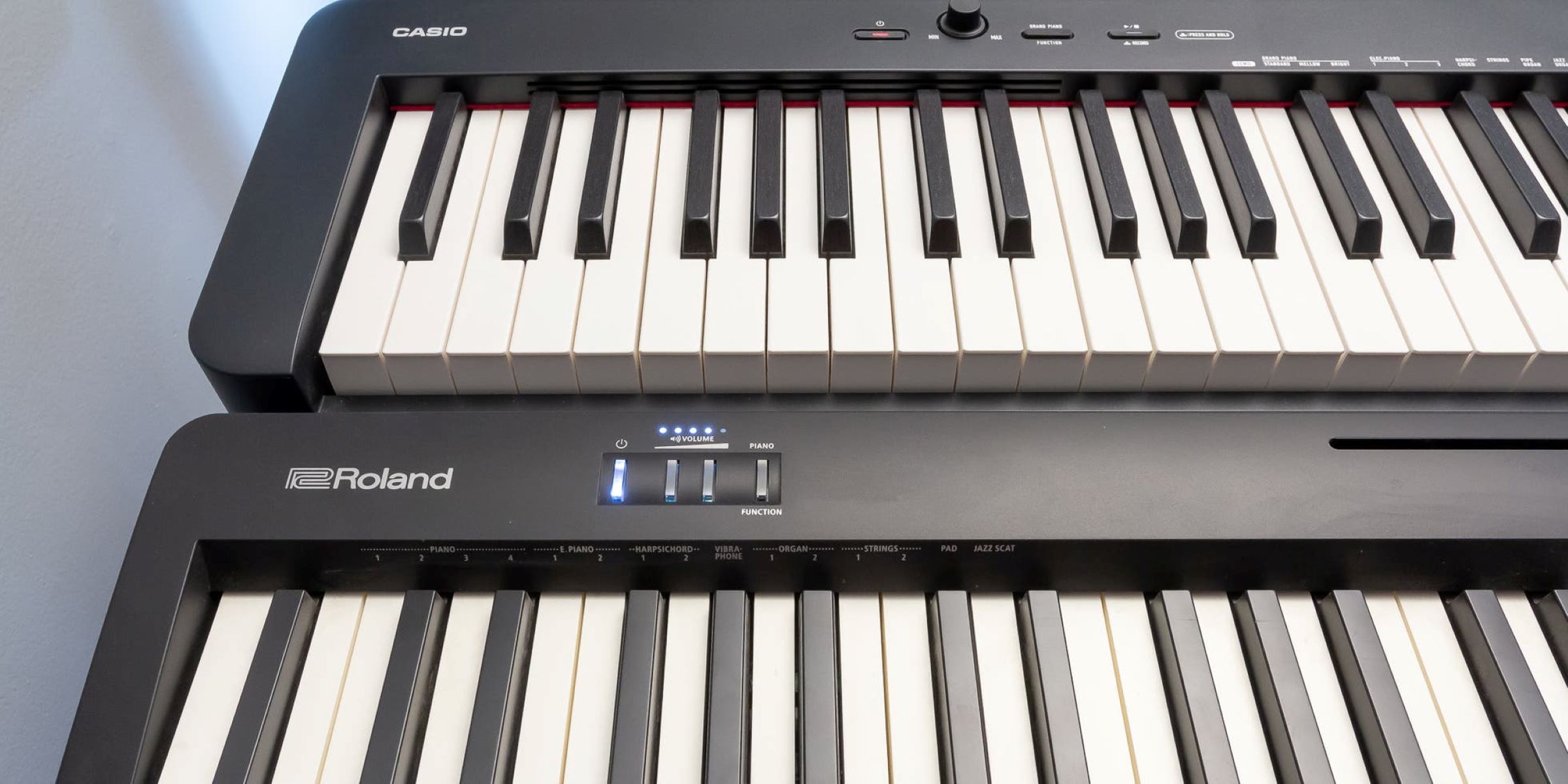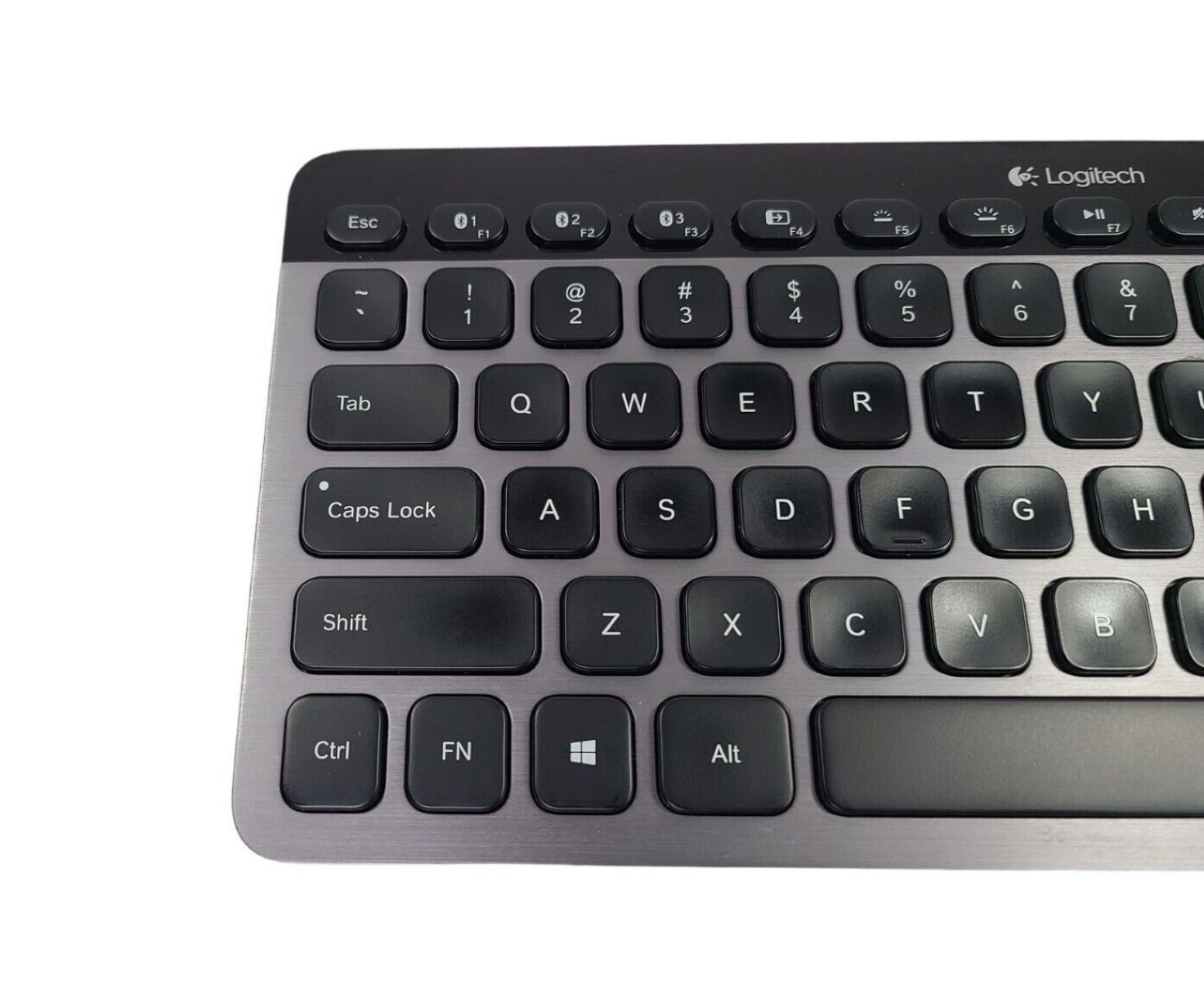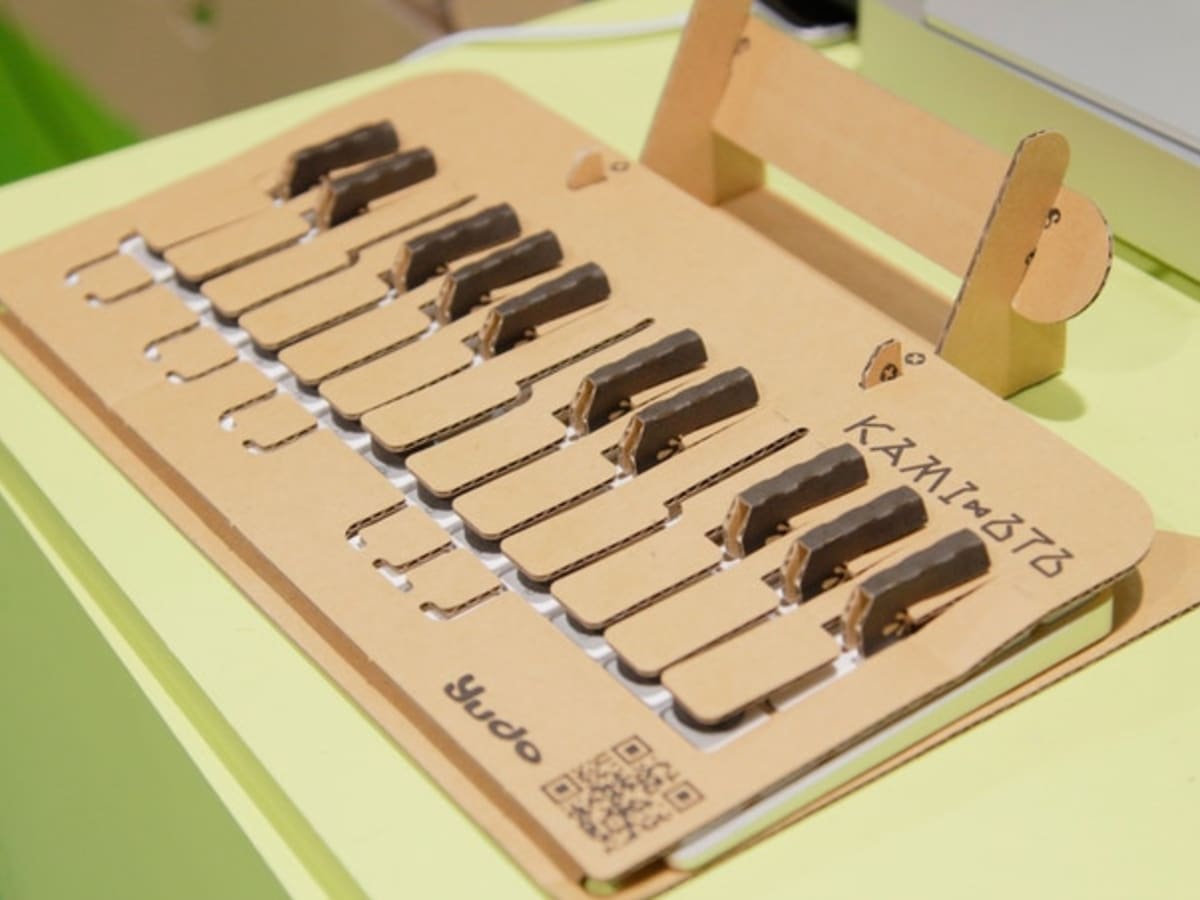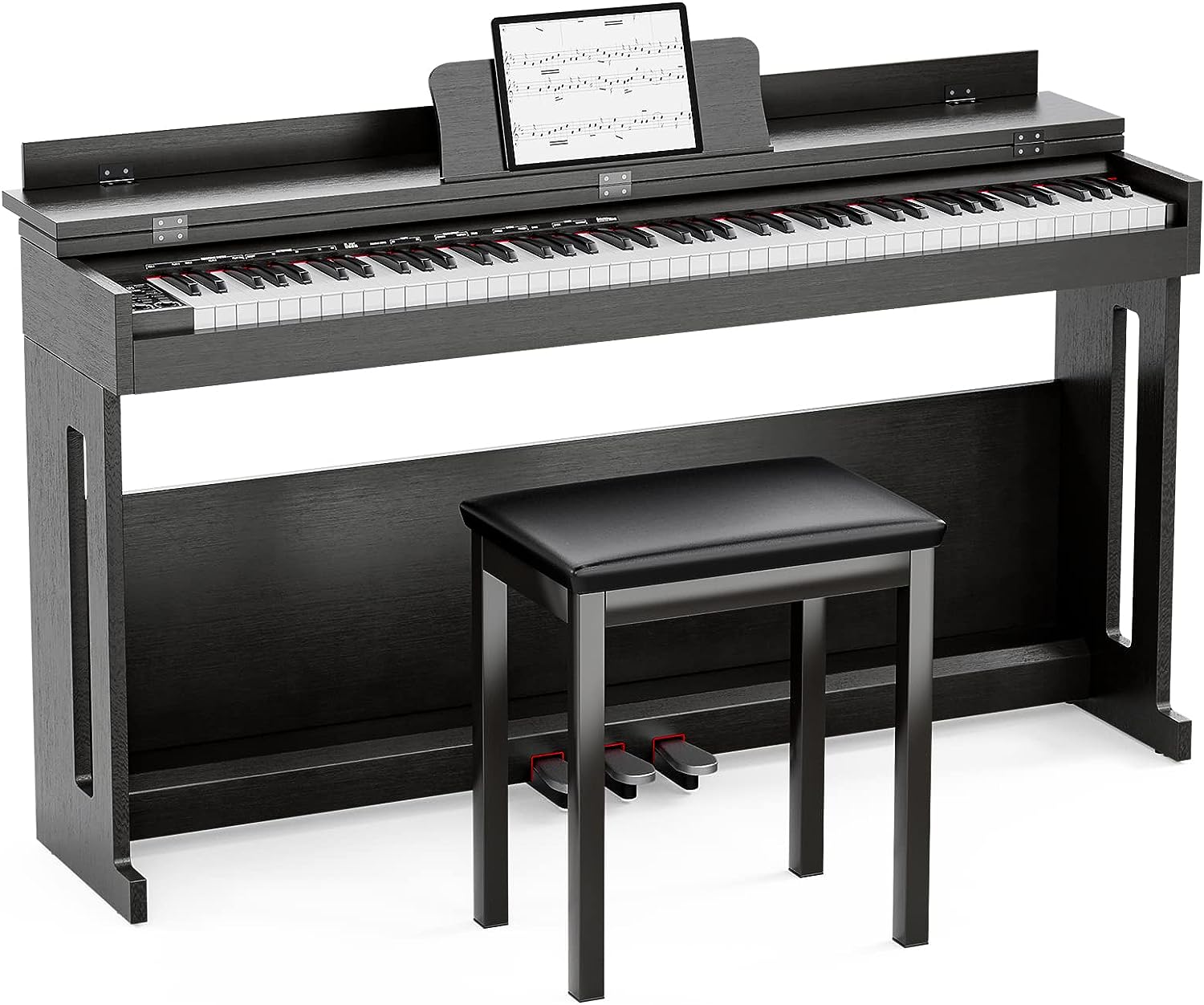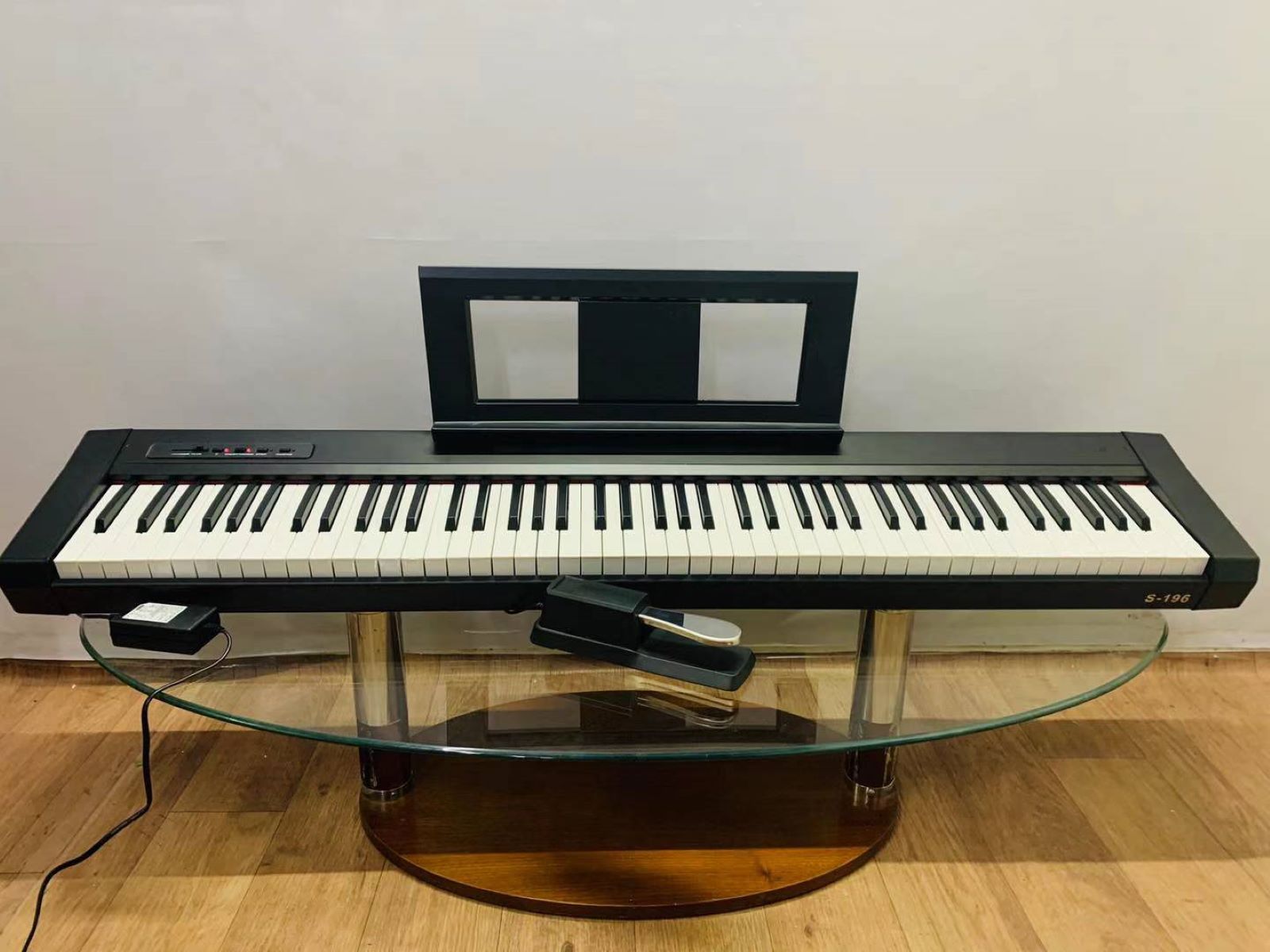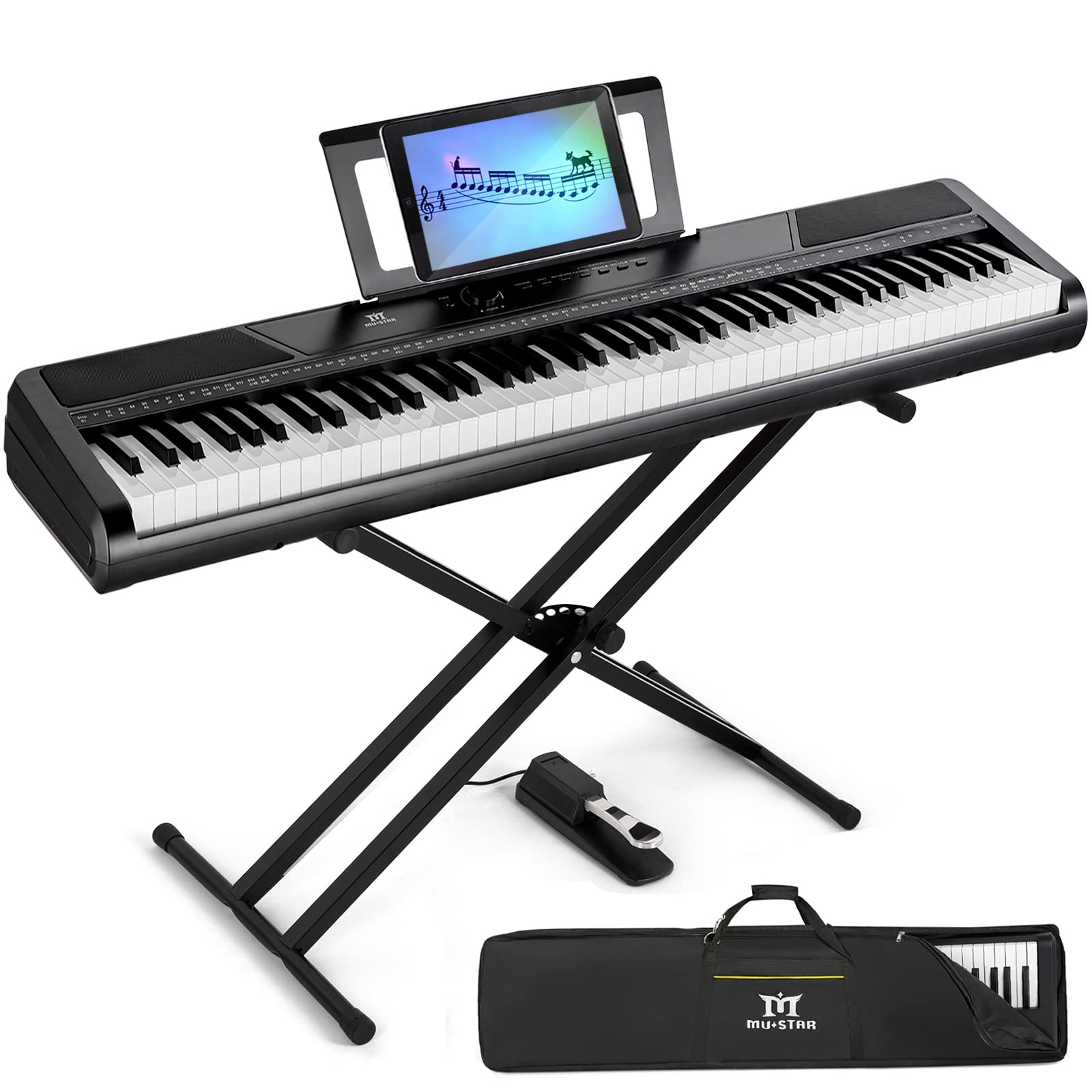Introduction
Are you in search of a keyboard that strikes the perfect balance between the tactile feedback of a mechanical keyboard and the affordability of a membrane keyboard? Look no further than the semi-mechanical keyboard. This innovative input device has been gaining popularity among gamers, programmers, and office workers alike for its unique combination of features. In this article, we will delve into the world of semi-mechanical keyboards, exploring their definition, advantages, disadvantages, and the ideal users for this type of keyboard.
The semi-mechanical keyboard represents a compelling middle ground for individuals who desire a tactile typing experience without the higher price tag associated with fully mechanical keyboards. By incorporating elements of both membrane and mechanical keyboards, this hybrid device offers a satisfying keystroke feel, improved durability, and a quieter typing experience compared to traditional mechanical keyboards. These qualities make the semi-mechanical keyboard a versatile choice for a wide range of users.
As we delve deeper into the realm of semi-mechanical keyboards, we will uncover the reasons why this type of keyboard has garnered a dedicated following. Whether you are a budget-conscious consumer, a casual gamer, or a professional seeking a comfortable and responsive typing experience, the semi-mechanical keyboard may hold the key to unlocking a new level of productivity and enjoyment in your daily computing tasks. So, let's embark on this enlightening journey to understand the nuances of semi-mechanical keyboards and discover if they could be the perfect fit for your keyboard needs.
Definition of a Semi-Mechanical Keyboard
A semi-mechanical keyboard, also known as a hybrid keyboard, combines the best attributes of membrane and mechanical keyboards to offer users a unique typing experience. Unlike traditional membrane keyboards, which utilize a rubber dome mechanism to register key presses, and fully mechanical keyboards, which employ individual mechanical switches for each key, semi-mechanical keyboards feature a compromise that delivers enhanced tactile feedback and durability.
At the core of a semi-mechanical keyboard are plunger switches, which mimic the sensation of mechanical switches while retaining the membrane keyboard’s underlying technology. These switches provide a tactile bump and audible click, reminiscent of mechanical keyboards, without the complexity and cost associated with fully mechanical switches. The result is a keyboard that strikes a balance between the satisfying keystroke feel of a mechanical keyboard and the affordability of a membrane keyboard.
Furthermore, semi-mechanical keyboards often incorporate a metal plate beneath the keycaps to enhance durability and provide a more solid typing platform, a feature commonly found in mechanical keyboards. This construction contributes to a more robust and long-lasting keyboard, making semi-mechanical keyboards a compelling option for users seeking a reliable input device.
One notable aspect of semi-mechanical keyboards is their relatively quieter operation compared to fully mechanical keyboards, making them suitable for shared workspaces or environments where noise reduction is a priority. Additionally, the tactile feedback and responsive nature of semi-mechanical keyboards make them well-suited for typing-intensive tasks, gaming, and general computer use, offering a versatile solution for a variety of users.
By blending the best elements of membrane and mechanical keyboards, the semi-mechanical keyboard presents a compelling option for individuals seeking a tactile and durable typing experience without the premium price tag of fully mechanical keyboards. As we explore the advantages and disadvantages of semi-mechanical keyboards, you will gain a comprehensive understanding of how this innovative keyboard type can enhance your computing endeavors.
Advantages of a Semi-Mechanical Keyboard
Embracing a semi-mechanical keyboard brings forth a host of advantages that cater to the diverse needs and preferences of users across various domains. Here are some key benefits that set semi-mechanical keyboards apart:
- Tactile Feedback: Semi-mechanical keyboards offer a satisfying tactile bump and audible click, akin to mechanical keyboards, providing users with a responsive and enjoyable typing experience. This tactile feedback can enhance typing accuracy and comfort, making prolonged typing sessions more manageable.
- Durability: With the inclusion of a metal plate beneath the keycaps, semi-mechanical keyboards boast improved durability and structural integrity, making them more resilient to wear and tear compared to standard membrane keyboards. This feature contributes to a longer lifespan, ensuring that the keyboard remains reliable over extended periods of use.
- Cost-Effectiveness: Semi-mechanical keyboards offer a cost-effective alternative to fully mechanical keyboards, making them an attractive option for budget-conscious consumers who desire the tactile feel of mechanical switches without the premium price tag. This affordability makes semi-mechanical keyboards accessible to a broader audience.
- Quieter Operation: Unlike fully mechanical keyboards, which can produce audible keystroke sounds, semi-mechanical keyboards provide a quieter typing experience. This feature is particularly beneficial in shared workspaces or settings where noise reduction is essential, allowing users to type without causing disturbances.
- Versatility: Semi-mechanical keyboards cater to a diverse range of users, including gamers, programmers, office workers, and casual computer users. The combination of tactile feedback, durability, and affordability makes these keyboards versatile and well-suited for various computing tasks, from intense gaming sessions to everyday typing activities.
These advantages collectively position semi-mechanical keyboards as a compelling choice for individuals seeking a balance between the tactile responsiveness of mechanical keyboards and the practicality of membrane keyboards. As we delve into the drawbacks of semi-mechanical keyboards, it is essential to weigh these advantages against the potential limitations to make an informed decision regarding their suitability for specific usage scenarios.
Disadvantages of a Semi-Mechanical Keyboard
While semi-mechanical keyboards offer a compelling array of benefits, it is important to consider their potential drawbacks to make an informed decision when selecting an input device. Here are some disadvantages associated with semi-mechanical keyboards:
- Less Customization: Compared to fully mechanical keyboards, semi-mechanical keyboards may offer limited customization options, such as the ability to swap out switches or modify keycap designs. This can be a drawback for users who prioritize extensive keyboard customization to suit their specific preferences.
- Key Wobble: Some semi-mechanical keyboards may exhibit key wobble, where the keys feel less stable or secure compared to fully mechanical keyboards. This can impact the overall typing experience for users who prefer a more rigid key stability during typing.
- Complexity: While semi-mechanical keyboards bridge the gap between membrane and mechanical keyboards, their hybrid nature may lead to increased complexity in terms of maintenance and repair compared to traditional membrane keyboards. This complexity could potentially result in higher repair costs or difficulty in finding compatible replacement parts.
- Performance Variation: Depending on the specific design and construction of semi-mechanical keyboards, there may be variations in performance and durability among different models and brands. Users should carefully research and select reputable manufacturers to ensure consistent quality and reliability.
- Limited Switch Options: Semi-mechanical keyboards may offer a narrower range of switch options compared to fully mechanical keyboards, potentially limiting the user’s ability to tailor the typing experience to their exact preferences. This can be a drawback for individuals who prioritize the availability of diverse switch types.
While these disadvantages warrant consideration, it is important to recognize that the overall drawbacks of semi-mechanical keyboards may vary depending on individual preferences, usage scenarios, and specific product offerings. By carefully evaluating the trade-offs between the advantages and disadvantages, users can make informed decisions that align with their unique keyboard requirements and preferences.
Who Should Consider Using a Semi-Mechanical Keyboard
The versatility and unique attributes of semi-mechanical keyboards make them well-suited for a diverse range of users across various domains. Consider the following scenarios to determine if a semi-mechanical keyboard aligns with your specific needs and preferences:
- Budget-Conscious Consumers: Individuals seeking a tactile typing experience reminiscent of mechanical keyboards without the higher price point may find semi-mechanical keyboards to be an appealing option. The cost-effectiveness of these keyboards makes them accessible to budget-conscious consumers who value both performance and affordability.
- Office Environments: In shared office spaces or settings where noise reduction is essential, the quieter operation of semi-mechanical keyboards can be advantageous. These keyboards allow users to type efficiently without creating disruptive keystroke sounds, contributing to a more harmonious work environment.
- Programmers and Typists: Professionals and enthusiasts who engage in extensive typing activities, such as programmers, writers, and data entry specialists, can benefit from the tactile feedback and durability offered by semi-mechanical keyboards. The enhanced typing experience can contribute to improved accuracy, comfort, and productivity during prolonged typing sessions.
- Casual Gamers: Casual gamers seeking a responsive and tactile gaming keyboard without the higher cost associated with fully mechanical keyboards may find semi-mechanical keyboards to be a suitable choice. The combination of tactile feedback and affordability makes these keyboards ideal for casual gaming endeavors.
- General Computer Users: Individuals engaging in everyday computing tasks, such as web browsing, document editing, and email correspondence, can benefit from the versatility of semi-mechanical keyboards. The tactile responsiveness and durability of these keyboards cater to a wide range of computing activities, offering a reliable input solution for general users.
By identifying with these user profiles and considering the specific advantages that semi-mechanical keyboards offer, individuals can make informed decisions regarding the suitability of these keyboards for their unique usage scenarios. Whether it’s for work, gaming, or general computer use, the versatility and cost-effectiveness of semi-mechanical keyboards position them as a compelling option for a broad spectrum of users.
Conclusion
As we conclude our exploration of semi-mechanical keyboards, it becomes evident that these innovative input devices offer a compelling blend of tactile feedback, durability, and affordability, making them a versatile option for a diverse array of users. By combining the best attributes of membrane and mechanical keyboards, semi-mechanical keyboards strike a delicate balance that caters to the needs of budget-conscious consumers, office workers, programmers, casual gamers, and general computer users alike.
The advantages of semi-mechanical keyboards, including their tactile responsiveness, durability, cost-effectiveness, quieter operation, and versatility, position them as a noteworthy alternative to both membrane and fully mechanical keyboards. These keyboards cater to individuals seeking a tactile typing experience without the premium price tag, making them accessible to a broader audience while delivering a satisfying and reliable input solution.
While it is essential to acknowledge the potential drawbacks associated with semi-mechanical keyboards, such as limited customization options and key wobble, these considerations are outweighed by the overall benefits that these keyboards offer. By carefully evaluating individual preferences, usage scenarios, and the specific attributes of semi-mechanical keyboards, users can make informed decisions that align with their unique keyboard requirements.
Whether you are a budget-conscious consumer in search of an affordable yet tactile keyboard, an office worker aiming to reduce keystroke noise, a programmer seeking enhanced typing accuracy, a casual gamer desiring a responsive gaming experience, or a general computer user in need of a reliable input device, the semi-mechanical keyboard stands as a compelling option that warrants consideration.
As technology continues to evolve, the realm of keyboard innovation progresses alongside it, offering users an array of choices to suit their diverse needs. The semi-mechanical keyboard, with its unique blend of features, represents a noteworthy addition to the landscape of input devices, providing users with a practical, tactile, and cost-effective solution for their computing endeavors.









